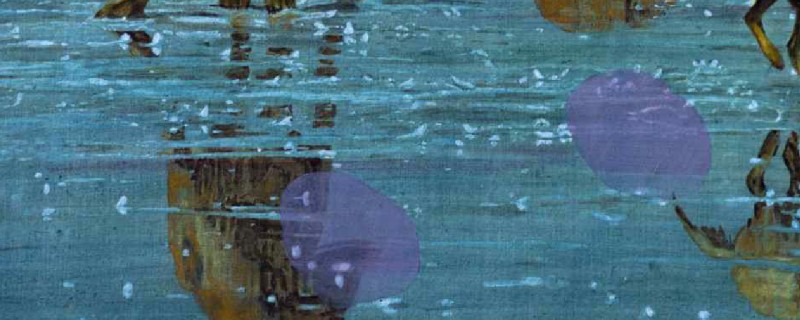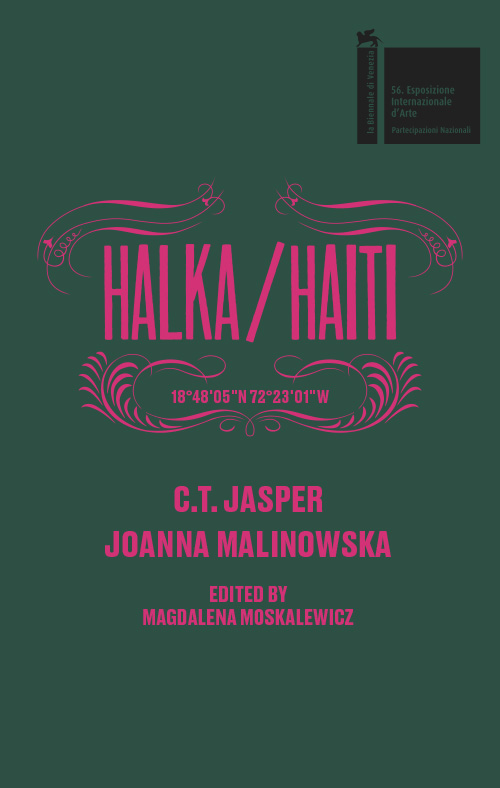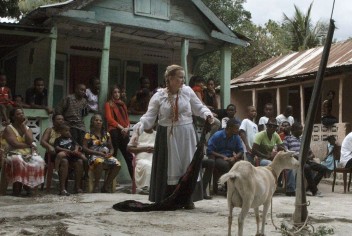Publikacja udostępniana jest na licencji Creative Commons.
edited by: Magdalena Moskalewicz
graphic design: Project Projects
publisher: Zachęta - Narodowa Galeria Sztuki
Publication date: 23.05.2016
The Polish Pavilion at the 56th International Art Exhibition
La Biennale di Venezia
The Polish Pavilion at the 56th Venice Biennale will have the pleasure of presenting a panoramic film projection of the opera Halka by Stanisław Moniuszko, as it was staged in February for the inhabitants of Cazale, a village situated in the mountains of Haiti.
The winners of this year’s contest for the official Polish representation in Venice, artists C.T. Jasper and Joanna Malinowska and curator Magdalena Moskalewicz, decided to stage the opera in Haiti inspired by the mad plan of Werner Herzog’s Fitzcarraldo, who wanted to build an opera house in the Amazon. Fascinated by Fitzcarraldo’s faith in the universal power of opera, but not uncritical of the colonizing aspect of his actions, they decided to reveal and undercut its romanticism by confronting a set of very specific geographic, historical, and sociopolitical realities.
The destination for their quest was Cazale, a village inhabited by the descendants of Polish soldiers who had fought for the independence of Haiti. Sent to Saint-Domingue by Napoleon in 1802 and 1803 to put down the slaves’ rebellion, the Poles – who had joined Napoleon to fight for the independence of their own country – united with the local insurgents. As a result, these soldiers were granted an honorary legal status of blacks in the newly established republic. Still today, people from Cazale identify with their historical motherland and bear creolized last names of their Polish ancestors.
Considered a “national opera” ever since its 1858 Warsaw premiere, Halka was praised for its depiction of Polish folk culture at a time when the country was still struggling to regain independence. Far from a simple rural romance, the tragic love story of the eponymous highlander peasant girl seduced and rejected by her mighty landlord is haunted by the echoes of bloody peasant revolt, underscoring the tense class relations between Polish landlords and their feudal subjects. These echoes become even more prominent in the context of the Haitian Revolution.
Through the gesture of exporting a Polish national opera to the Haitian tropics, which resembles the standard efforts of governments promoting their countries abroad, the project’s authors mean to ask whether such an export could signify something other than cultural colonization or state promotion. Does the nineteenth-century operatic piece, which is absent from the international opera repertoire, really have the power to represent national identity? How can this identity be constructed in the twenty-first century, and to what extent can it be understood by other cultures? Could the opera’s themes resonate with Poland and Haiti’s shared histories to connect, for a moment, two geographically and culturally distant communities?
Though not a typical social-practice project, Halka/Haiti does aim to highlight this little-known aspect of Polish-Haitian history in order to attract international visibility to the community of Cazale. After two research trips, the final ten-day visit to Cazale in January and February of 2015 included the choreographer, the theater director, and the director of photography, who together with the artists and the curator engaged with the local community in preparation for the performance. Two young men from the village worked as translators and coordinators of the daily dance workshops, and the Holy Trinity Philharmonic Orchestra from Port-au-Prince, a crucial partner in the Polish-Haitian collaboration, was invited to perform the score. The final shape of the opera performance in Haiti was a result of a collaborative process, an intentional product of the original form of Halka and the possibility of its staging under the local circumstances. Ultimately, the opera was performed by five soloists and the conductor of the Poznan Opera House, twenty-one musicians from Port-au-Prince, and eighteen dancers from Cazale on a road nestled between several houses, accompanied by passing motorbikes and animals, to an audience of over one hundred people.
In Venice, the Biennale audience is invited to experience a documentation ofHalka as it was shown to the Haitian Poloné. Presented as a cinematic installation recalling the format of painted panoramas, Halka/Haiti probes the present-day power of traditional artistic genres to embody, represent, and, ultimately, construct national identities in the 21st century.
The exhibition at the Polish Pavilion is accompanied by a book, Halka/Haiti 18°48 ́05 ̋N 72°23 ́01 ̋W: C.T. Jasper & Joanna Malinowska that provides both a multifaceted conceptual framework for staging the Polish national opera in Haiti and a detailed record of this remarkable endeavor. With an introductory essay from the project’s curator and an interview with the artists, the book also features three newly commissioned essays – literary scholar Katarzyna Czeczot’s inquiry into the political underpinnings of Halka’s libretto, diplomat Géri Benoît’s history of her hometown of Cazale, and anthropologist Kacper Pobłocki’s uncovering of Poland’s relationship to race and slavery – alongside the late Michel-Rolph Trouillot’s seminal reflection on the global silencing of the Haitian Revolution. Also included are questionnaires completed by the project’s Haitian and Polish participants, translated selections from the opera’s libretto, extensive photographic documentation of the rehearsals, and stills from the film itself. Edited by Magdalena Moskalewicz, the book is co-published by Zachęta – National Gallery of Art and Inventory Press, with design byProject Projects.
BIOS
Born in Poland, C.T. Jasper is an artist who splits his life between New York and Ulan Bator. His works oscillate on the threshold of various media, concentrating principally on video and electronic-partisan interventions in already existing film works. Jasper’s most recent projects include Erased(2013), Sunset of the Pharaohs (2014), and Vertigo (2015). His projects have been presented in exhibitions in North America and Europe, most recently in Relations Disrelations (2015), a two-person survey show with Joanna Malinowska at Muzeum Sztuki, Łódź in Poland.
Born in Poland and based in New York, artist Joanna Malinowska works in sculpture, video, and performance. Her projects – often inspired by interest in cultural anthropology, cultural clashes, and music – have been exhibited in both solo and group exhibitions in the United States and Europe, at venues including the Sculpture Center, Art in General, Postmasters, and CANADA in New York; Espace Culturel Louis Vuitton in Paris; Saatchi Gallery and Nottingham Contemporary in Great Britain; Centre for Contemporary Art Ujazdowski Castle and Zachęta – National Gallery of Art in Warsaw. She was also included in the First Moscow Biennale (2005), Performa’09, and the 2012 Whitney Biennial. A graduate of the sculpture departments at Rutgers University and Yale School of Art, Malinowska has received awards from the John Simon Guggenheim Foundation, the New York Foundation for the Arts, Smack Mellon, the Pollock-Krasner Foundation, and the Polish Ministry of Culture and National Heritage, among others. She is represented by CANADA gallery in New York.
Magdalena Moskalewicz is an art historian, critic, and curator. Currently A. W. Mellon Postdoctoral C-MAP Fellow at The Museum of Modern Art in New York, she leads a research group focusing on 20th-century experimental art from Central and Eastern Europe as a part of MoMA’s initiative, C-MAP. Previously editor-in-chief of Poland’s monthly contemporary art magazine Arteon, she now serves as co-editor of post, C-MAP’s digital publication. Awarded a PhD in art history from Adam Mickiewicz University for her research into the Polish neo-avantgarde of the 1960s, Moskalewicz has published and lectured internationally on Polish abstract painting, assemblage, and conceptual art. She has also written on more contemporary practices, most recently for Central European Companion to Political Ideas (Central European University Press, in print.) In her scholarly, editorial, and curatorial work, Moskalewicz critically investigates local art histories and representations of national identities in order to reshape and revise dominant historical narratives.
-
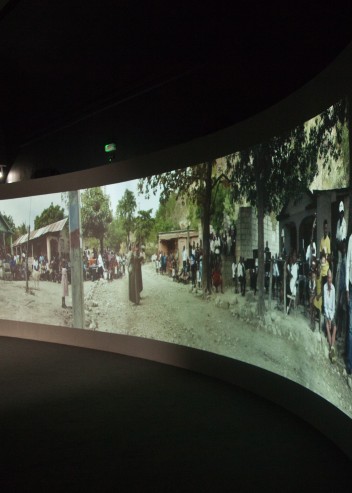 09.05 – 22.11.201556th International Art Exhibition — la Biennale di VeneziaHalka/Haiti 18°48'05"N 72°23'01"W
09.05 – 22.11.201556th International Art Exhibition — la Biennale di VeneziaHalka/Haiti 18°48'05"N 72°23'01"WThe Polish Pavilion at the 56th Venice Biennale will have the pleasure of presenting a panoramic film projection of the opera Halka by Stanisław Moniuszko, as it was staged in February for the inhabitants of Cazale, a village situated in the mountains of Haiti.
Polish Pavilion at the International Art Exhibition – La Biennale di VeneziaPolish Pavilion at the International Art Exhibition – La Biennale di Venezia
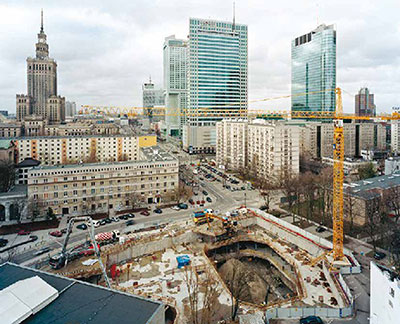 booksJanicka & Wilczyk. Other CityCatalogue of the exhibition
booksJanicka & Wilczyk. Other CityCatalogue of the exhibition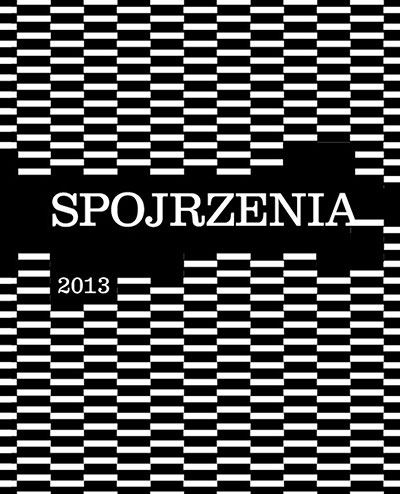 booksViews 2013 – Deutsche Bank Foundation AwardCatalogue of the exhibition
booksViews 2013 – Deutsche Bank Foundation AwardCatalogue of the exhibition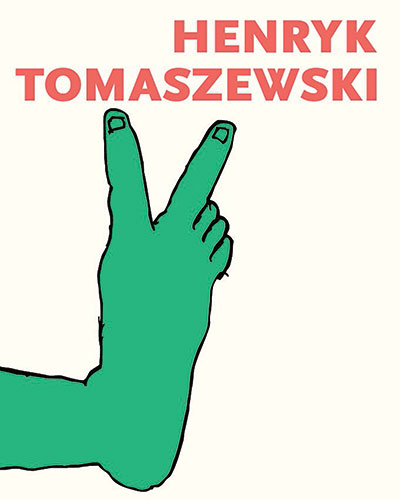 books
books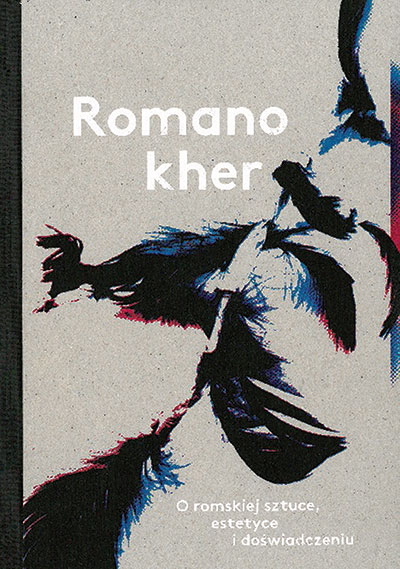 booksRomano kher. On Roma art, aesthetics and experienceBook (in Polish)
booksRomano kher. On Roma art, aesthetics and experienceBook (in Polish) booksImpossible ObjectsCatalogue of the exhibition
booksImpossible ObjectsCatalogue of the exhibition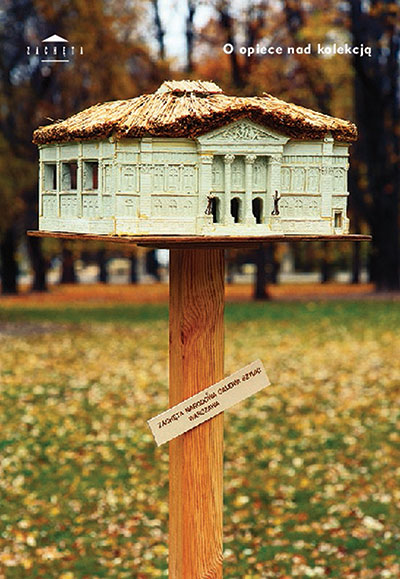 booksTaking care of the collectionBook (in Polish)
booksTaking care of the collectionBook (in Polish)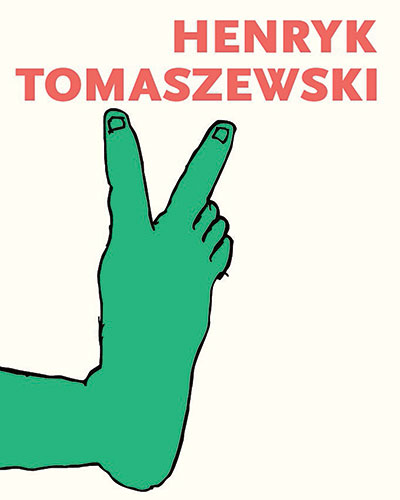 booksHenryk TomaszewskiThe book
booksHenryk TomaszewskiThe book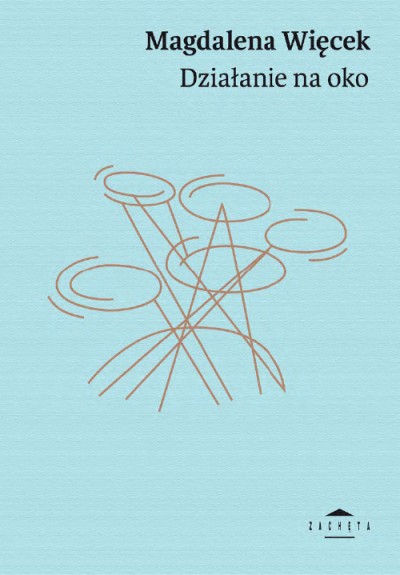 booksMagdalena Więcek. Affecting the eyeExhibition catalogue (in Polish)
booksMagdalena Więcek. Affecting the eyeExhibition catalogue (in Polish)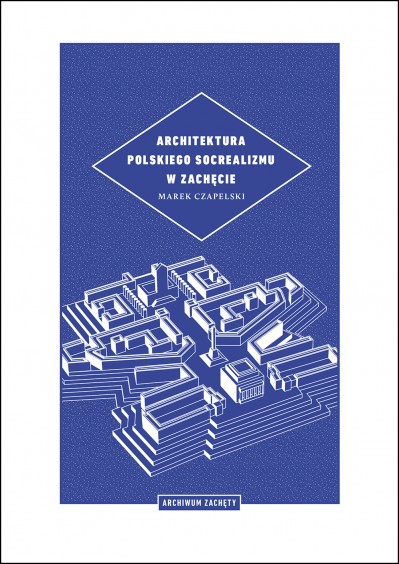 books
books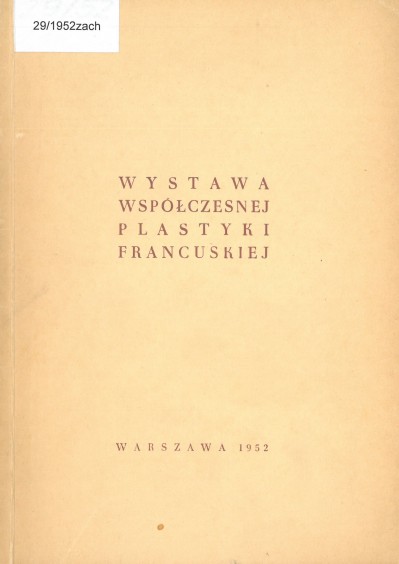 books
books
